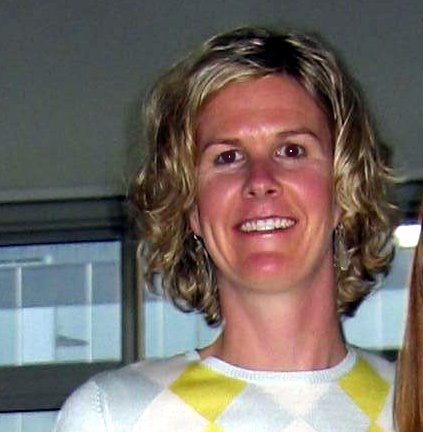Kisumu, Kenya
 I want to tell you a little more about Kenya’s Millennium City, Kisumu (pictured, looking out of Imperial Hotel across to Lake Victoria). I spent a week there shortly after I arrived in Kenya and will head back again for a day trip this Friday, February 2nd, along with members of the Ministry for Planning and National Development here in Nairobi, to attend Millennium City planning meetings with the Kisumu Municipal Council.
I want to tell you a little more about Kenya’s Millennium City, Kisumu (pictured, looking out of Imperial Hotel across to Lake Victoria). I spent a week there shortly after I arrived in Kenya and will head back again for a day trip this Friday, February 2nd, along with members of the Ministry for Planning and National Development here in Nairobi, to attend Millennium City planning meetings with the Kisumu Municipal Council. Kisumu is the 3rd largest city in Kenya, with a population estimated to be around 500,000. It lies on Lake Victoria, the 2nd largest fresh water lake in the world and the source of the Nile, and shares this lake with Uganda and Tanzania. It developed as a railway and port hub in 1901 and its economy thrived due the opportunities provided by the Lake and the fertile agricultural hinterland surroungind it, land that produces (or did) an abundance of cotton, rice and sugar. But, Kisumu’s economy collapsed along with the national decline in the 1980s and 1990s and, as a result, industries closed, sugar production collapsed, cotton could not compete with imports and the railways and roads deteriorated. Today, Kisumu is one of the poorest cities in Kenya.
There is so much potential in Kisumu, but many problems that must be overcome, here are some statistics, which I find staggering:
--48% of the people in Kisumu live below the poverty line (compared to 29% nationally.
--It has the highest incidence of food poverty, with 53.4% of the population below the food poverty line (compared to 8.4% in Nairobi).
--The official unemployment rate is 30%, but 52% of the working population is engaged in informal sector activities (e.g., transport, petty sales, repairs) and make a monthly wage of around $40-50.
--60% of the population live in slums, with high densities, in only temporary or semi-permanent structures, and with a shortage of basic services like electricity, water and sanitation.
--Only 40% of the Kisumu population have access to piped water.
--Sanitation is also a huge problem, as only 20% of the waste in Kisumu is collected and the city has only 10% sewerage coverage.
--And, as you would probably expect, there is a high incidence of HIV/AIDs (at 15%), malaria and water-borne diseases in Kisumu. The Municipal Council itself loses on average 38-40 persons per year to HIV/AIDs.
There is a lot of work beginning in Kisumu, on these and many other problems faced by this city and its people, including work by the Millennium Cities Initiative. And, I really believe, a lot of potential. Tomorrow, we will all meet to form the task force in Kisumu that will help us with infrastructure and investment assessments, as we prepare to bring investors to the city later this year.



<< Home